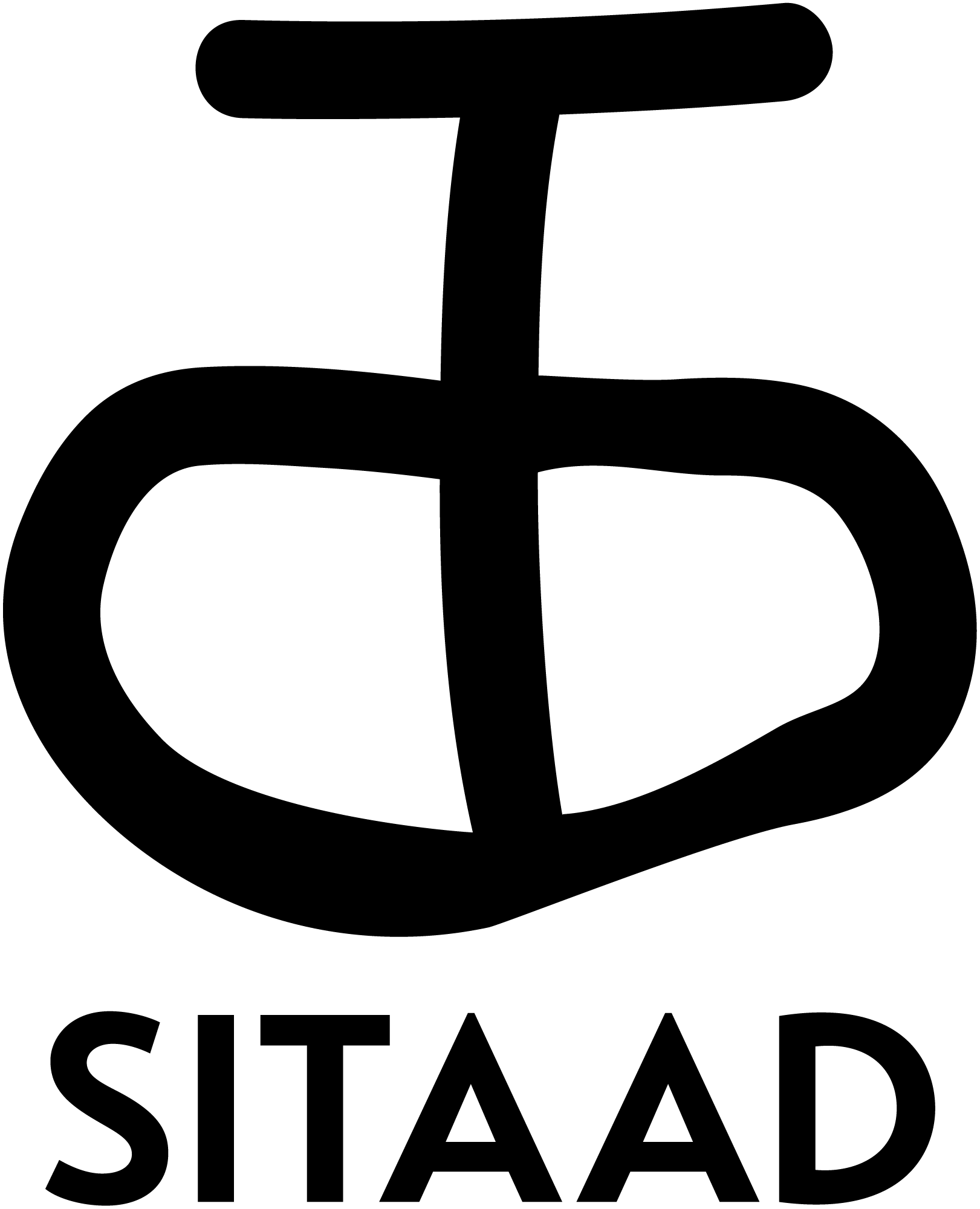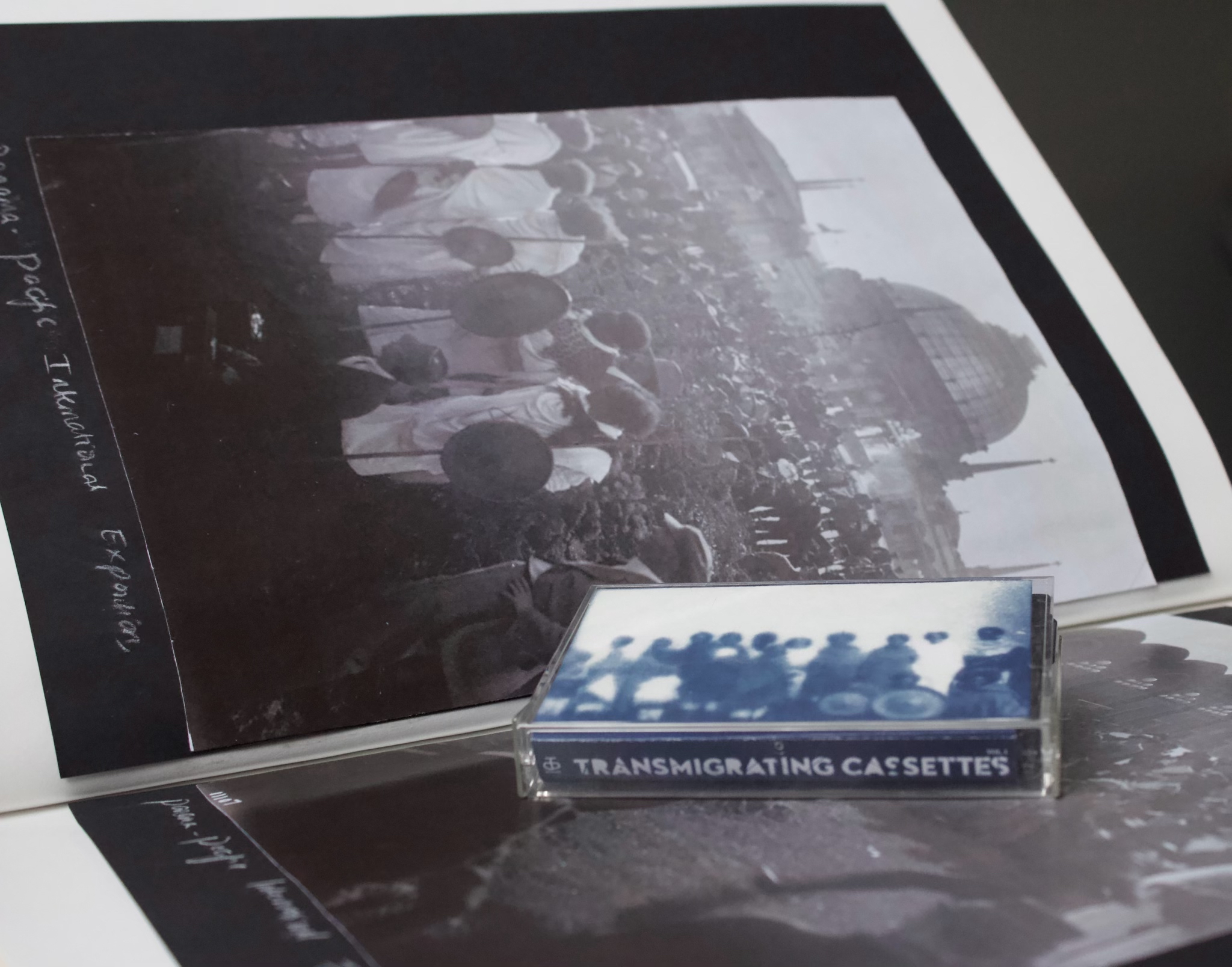Studio Sawiro
Somalia's encounter with the daguerreotype in the mid-nineteenth century, marks the first conjuncture in its photographic history. In his 1848 ‘Voyage à la Côte Orientale d’Afrique,’ Charles Guillain interweaves geography and ethnography by producing daguerreotype portraits to visualise his encounters with inhabitants along the East African coast of the Indian Ocean, including Somali ports Ras Hafun, home to the ancient proto-Somali city Opone, and Mogadishu. Following an 1847 survey of several cities in the Indian subcontinent, Guillain began his investigations of the Somali coast. According to Guillain, acts of refusal by his female Somali subjects who were unwilling to follow conventional portrait postures dictated by the photographer, disrupted the efficacy of the new visual technology. Their sudden movements exposed the polished copper plates to elevated temperature and particularly luminosity, impacting the final quality of the daguerreotypes. Scholar Tina Campt notes that, ‘reassemblage in dispossession is a quotidian practice through which the dispossessed reconfigure their status as subjects within a field of limited and often compromised resources’. Using a Camptian grammar, SITAAD takes the refusal of Somali women in Guillain's daguerreotype as a point of departure.
A substantial volume of Somalia’s colonial visual archive can be attributed to ethnographers, missionaries and photographers. Held in Rome’s Archive, are visual traces of Somali photographic studios later destroyed or abandoned during the Somali Civil War. The photographs contained in the archive were taken by anthropologist Massimo Squillacciotti during his tenure at the Somali National University in Mogadishu’s School of Anthropology between 1985-90. The little known, and uncirculated collection symbolises a lacuna in studies of African portrait photography. Studio Sawiro seeks to form an intervention within, and beyond the collection by recreating a facade of the Somali photography studios from renderings modelled on Massimo Squillacciotti’s Archive, oral history and field-research in Italy and Somalia.
Organised in three thematic clusters, the project centres on participatory methodologies and the reimagining of archival practices. The project will engage collaborators and the public through experimental workshops, archival essays, architectural sketches, and oral histories. This approach not only preserves Somali photographic histories but also brings them to life for contemporary discourse, challenging colonial legacies and reframing memory production in the present.
© Mombasa, Studio Sawiro, 2025. SITAAD Archive
Transmigrating Cassettes
The project was first incubated in the United States through a fellowship undertaken by SITAAD with Soomaal House of Art, the University of Minnesota’s Liberal Arts Engagement Hub and the Immigration History Research Center in 2023. The project’s initial public programme was held at Soomaal House of Art, The Hub (Liberal Arts Engagement Hub, and the Africa Center in NYC.The project is now being incubated in Europe, and has been presented at Afterall, Tate and the Recovery Plan.
Footnotes
- A cyanotype is a cameraless printing formulation that involves laying a photographic print on a piece of plain (uncoated) paper, on which the image is composed of a blue pigment. The paper is sensitised with ferric (iron) salts. A yellow-brown image prints out during the exposure to the light. During the subsequent washing and drying, the image intensifies and is converted to a prussian blue pigment. See Lavédrine 2009.
- The National Archives and Records Administration: Barnum & Bailey 53939-36b case files cover various issues concerning the troupe’s activities in the United States, including labour agreements with Barnum & Bailey contractors and legal correspondences, and later their deportations, arrests and their stays in detainee centres. The files also include several correspondences between government officials and Barnum Bailey contractors, along with testimonies. A finding aid was created to support the Transmigrating Cassettes Public Programme in Minneapolis, held at the University of Minnesota and Soomaal House. SITAAD worked with archive intern Hodan Hassan to produce finding aid.
- “Descansos, resting places. You’ll also find them on the edges of cliffs along particularly scenic but dangerous roads in Greece, Italy, and other Mediterranean countries. Sometimes crosses are clustered in twos or threes or fives. People’s names are inscribed upon them, sometimes the names are spelled out in nails, sometimes they’re painted on the wood or carved into it […] To make descansos means taking a look at your life and marking where the small deaths, las muertes, chiquitas, and the big deaths, las muertes grandotas, have taken place. […] I encourage you to make descansos, to sit down with a time-line of your life and say “where are the places that must be remembered and blessed?”, Clarissa Pinkola Estés.
- See IX Somalis [Portrait of a seated man, bust, with the body in three-quarter view and the head in profile] Prince Roland Bonaparte (1858 – 1924), Gelatin-silver bromide negative on glass plate. Quai Branly Museum Digital Collection.
SITAAD Archive
SITAAD Archive is a repository of writings, gatherings, public programmes and exhibition presentations collected with the aim of pluralising forms of research and study on Somali collections.

Leyla Degan © SITAAD Archive




